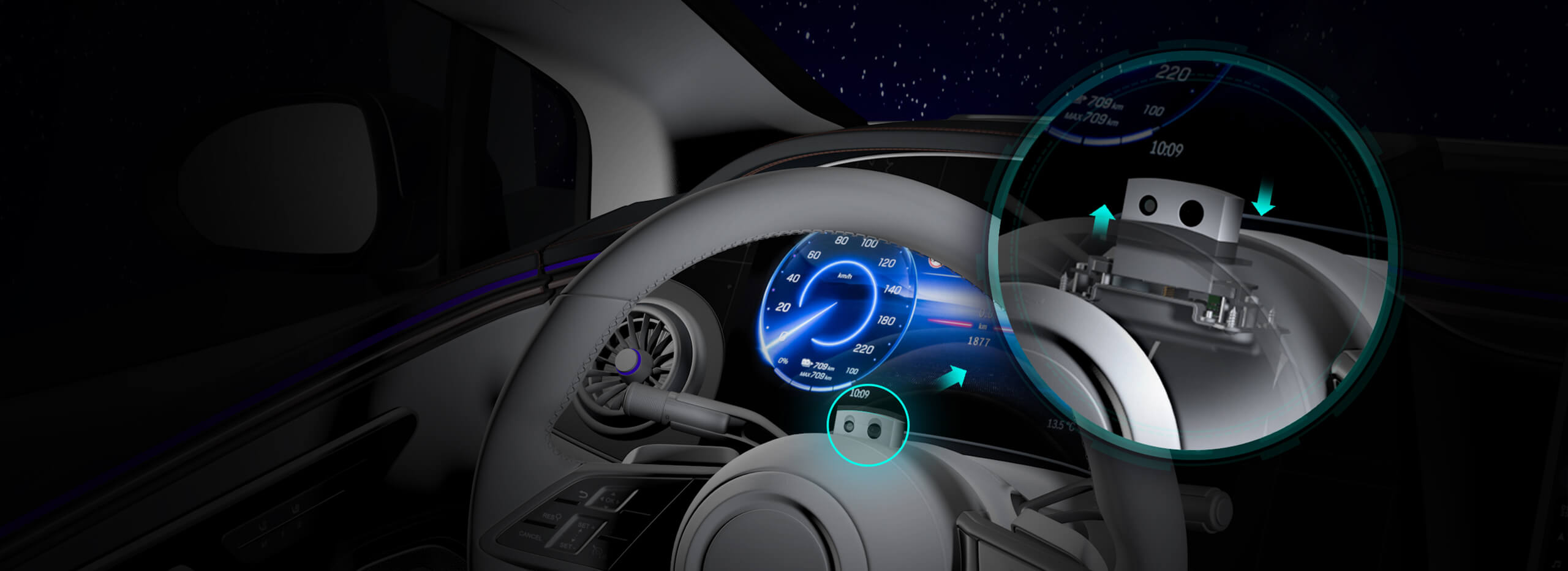Certainly! Here’s the first part of the soft article on "Servo Motor vs Regular Motor," structured as per your guidelines.

part 1:
When diving into the world of electric motors, one quickly realizes that not all motors are created equal. Whether you’re building a robotic arm, an automated conveyor, or a drone, selecting the right motor is vital for achieving optimal performance. Two dominant contenders often stand out: the versatile regular motor and the precise, high-tech servo motor. While they both convert electrical energy into mechanical movement, their design philosophies, capabilities, and applications differ significantly—an understanding that can make or break your project.
The Basics of Regular Motors
Regular motors, often referred to as simple or general-purpose motors, include AC and DC motors. They’re designed primarily for consistent, straightforward tasks such as turning a fan, powering a pump, or driving an appliance. These motors are typically less expensive, easier to maintain, and more robust—making them popular in household appliances, industrial machinery, and automotive systems.
How do they work? At their core, regular motors operate on fundamental electromagnetic principles. When electric current flows through the motor windings, it creates a magnetic field that interacts with a stationary or moving magnetic field, producing torque. The two main types are:
Brushed DC motors: With brushes that supply current to the rotor windings, providing smooth operation and good torque characteristics. Induction motors: Common in industrial applications, especially AC induction motors, which use electromagnetic induction to generate torque without brushes or commutators.
Key characteristics:
Speed control: Usually simple, often achieved by varying the voltage or frequency. Positioning accuracy: Limited; they don’t inherently know or control their position or speed beyond basic regulation. Application scope: Great for tasks requiring continuous rotation, high power, and robustness without precision movement.
The Rise of the Servo Motor
In contrast, servo motors are specialized devices designed for precision. They can rotate with extremely fine control over position, velocity, and acceleration—making them indispensable in robotics, CNC machinery, and advanced automation.
How do they work? A servo motor is essentially a closed-loop system combining a motor, a sensor (usually a potentiometer or encoder), and a controller. The controller constantly monitors the motor's actual position or speed and corrects it by adjusting power, enabling high-accuracy movement.
Types of servo motors:
AC servo motors: Widely used in industrial automation for their high torque and efficiency. DC servo motors: Known for smooth control and ease of integration in robotics and hobbyist projects.
Distinct features:
Feedback mechanism: The defining feature—continuous position correction ensures precise control. Control complexity: Requires a specialized driver or controller capable of interpreting feedback signals. Applications: Robotics, drones, CNC equipment, prosthetics, and any system where exact positioning is essential.
Comparing the Basic Operation Principles
While regular motors rely on basic electromagnetic principles with open-loop control (no feedback), servo motors utilize a feedback loop that constantly adjusts their operation based on real-time data.
Imagine a racecar:
Regular motor is like a car that keeps going at a set speed—if you press the gas pedal harder, it goes faster, but it doesn't know if you want to be precise around corners. It's simple, reliable, but less flexible. Servo motor is like a racecar driver with a GPS and steering controls, constantly adjusting to stay on the perfect line, at the perfect speed, exactly where you want it.
Advantages and Disadvantages
Regular motors: Pros:
Cost-effective Durable and robust Simple to operate and maintain Suitable for continuous rotation tasks
Cons:
Limited control over position and speed Not ideal for precision applications More energy wastage under variable loads
Servo motors: Pros:
Exceptional accuracy in position, speed, and torque Capable of complex motion profiles Integration with sophisticated control systems
Cons:
Higher initial cost More complex setup and maintenance Requires feedback devices and controllers
Which Motor for Your Needs?
Choosing between a servo motor and a regular motor hinges on your specific application demands. For instance, if you are designing a conveyor belt system that just moves objects from point A to B, a regular motor might suffice. But if you’re building a robotic arm that must pick and place items with millimeter precision, a servo motor is the way to go.
The investment in a servo motor might be higher upfront, but the payoff is in control, accuracy, and efficiency in sophisticated systems. Understanding these differences is the first step towards making a wise decision that aligns with your project’s goals.
End of part 1.
Leveraging innovations in modular drive technology, Kpower integrates high-performance motors, precision reducers, and multi-protocol control systems to provide efficient and customized smart drive system solutions.




































